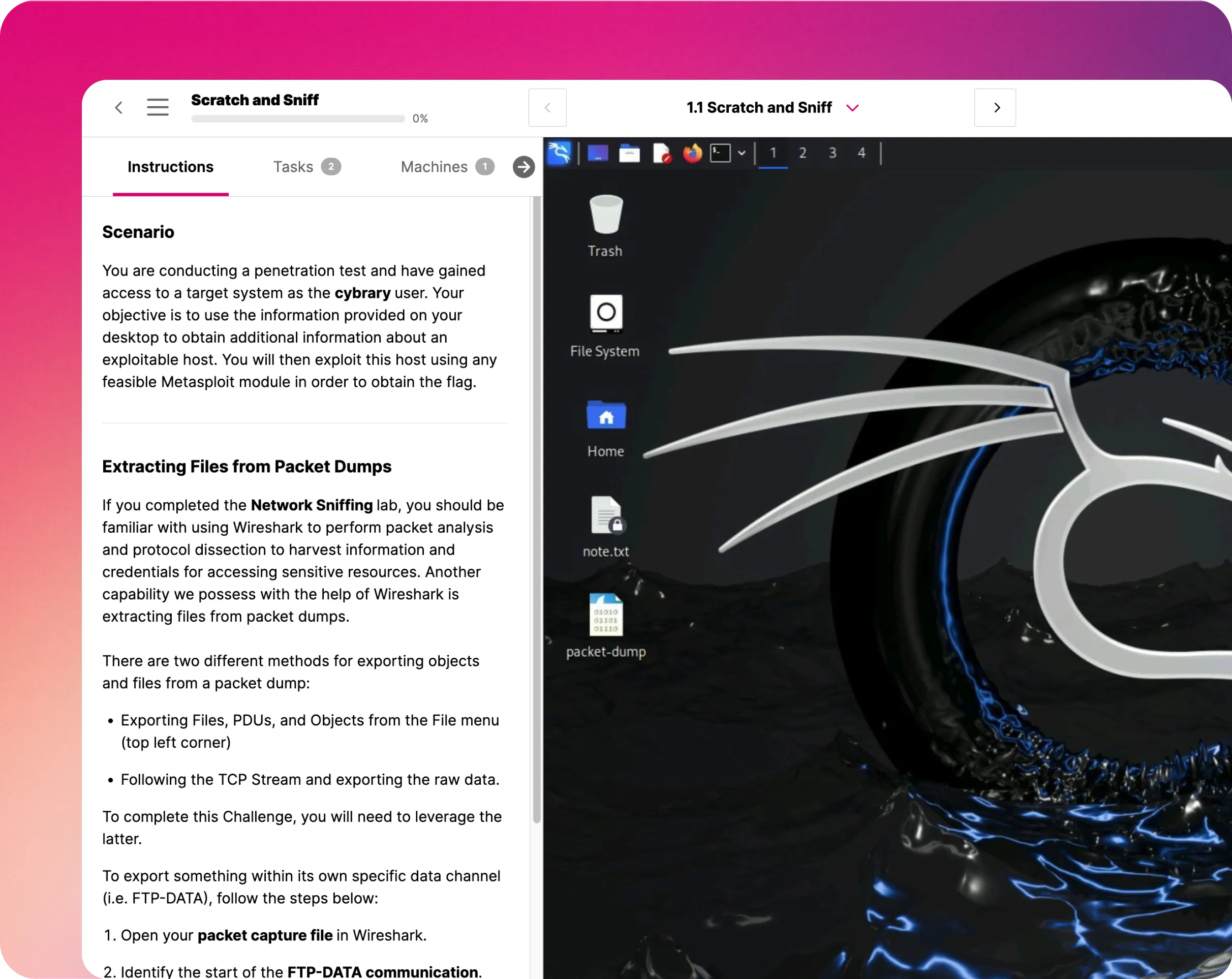Introduction to Splunk

Course Content
The course will help you move from the basics of "What is Splunk?" to more advanced topics of onboarding data and creating alerts. Through these videos, you'll learn how to install a trial version of Splunk Enterprise, as well as forwarders to get data from different kinds of hosts, and then work with the data retrieved through crafting Splunk searches, alerts, reports, and dashboards. These videos will also cover career paths, tips and tricks, and further areas of study.
In this online Splunk training, you will be introduced to the Splunk software platform and its capabilities. You will learn the basics of Splunk and advance to topics including onboarding data and alerts.
What is Splunk?
Splunk is a software platform that allows users to search, analyze, and visualize the machine-generated data collected from applications, websites, devices, etc. that make up an organization’s IT infrastructure. In other words, it’s a tool that indexes data and makes it searchable, allowing it to be turned into operational intelligence.The platform aggregates and analyzes digital exhaust from multiple sources, such as application program interface (API) log files, servers, websites, and mobile devices. By turning machine-generated data into intelligence, Splunk users are able to gain a solid understanding of what’s going on across IT systems and infrastructure in real-time. This allow organizations to make sound, data-driven decisions.
What is Involved in this Splunk Training?
In Cybrary’s Intro to Splunk training you will be introduced to the platform and its capabilities, beginning with the basics. From there, you will move on to more advanced topics like alerts and onboarding data. The videos that are included in this course will demonstrate how to install Splunk Enterprise (a trial version) and forwarders to collect data from different types of hosts, and then how to work with that data. You will learn to craft searches, create reports, and create dashboards.Additionally, lessons in this training will cover career paths, tips and tricks, and further areas of study. This Splunk certification training contains 2 hours of clock time for the included lessons. Upon finishing the course, you will have earned 2 CEU/CPE and you will receive a Certificate of Completion.


































